Spring is the start of a new year, and new growth for all kinds of plants. This means that it’s a goldmine for foraging, and will get you will into the mood for it before the bountiful summer comes along. Here are some of the top things that you can forage in spring.
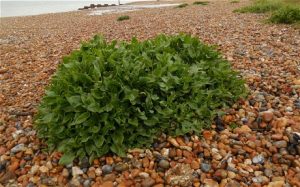 Sea beet
Sea beet
Sea beet is the parent of beetroot and swiss chard, and is more commonly found on pebble beaches just above the tide line. You can eat the leaves which are absolutely delicious in soups, or you can use the leaves in place of spinach in a salad or other dish.
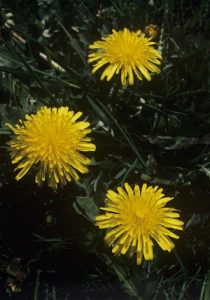 Dandelion
Dandelion
If you’ve been outside at all in the last few weeks you will have noticed that there is absolutely no shortage at all of dandelions. They can be found more or less everywhere, and the leaves are great in salads. For best results, blanch them first. The buds are also tasty, but the petals are best left as a salad decoration (although you can eat them if you wish).
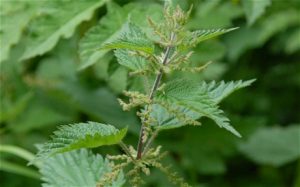 Stinging nettle
Stinging nettle
If you pick them when they are young, you can use stinging nettles as a green vegetable. However the best way to use them is in a soup as they have a very unique flavour. If a nettle plant gets too tall to pick, just cut it down to ground level and then crop it again after about three weeks when it should then be the perfect size.
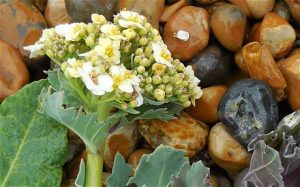 Sea kale
Sea kale
Sea kale is also common on pebbly beaches. The flower beds of sea kale make a terrific vegetable. Use sea kale in any situation where you would usually use lettuce or spinach.
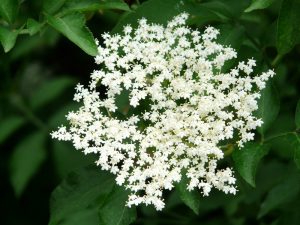 Elder flowers
Elder flowers
You can buy an elder flower drink in virtually any shop in the UK that sells beverages. However, nothing beats the taste of your own homemade version. Elder flowers again are found absolutely everywhere so it seems a shame that there aren’t more of us using them to make a delicious drink.
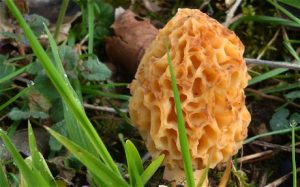 Morel
Morel
Morel used to be found commonly alongside elm trees but it is now frustratingly difficult to find. The best place to look for it is somewhere that has chalky soil with ash, apple or pines.
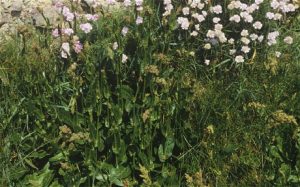 Sorrel
Sorrel
Sorrel is usually found in areas of grassland, so is quite abundant here in the UK. Ot makes the perfect sauce for fish, and it can also be used to make a special pesto for pasta.
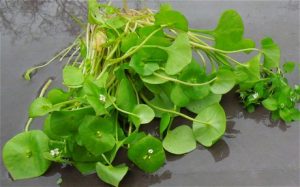 Claytonia
Claytonia
Claytonia is a great salad leaf and can be found just about anywhere in the ground as it is one of the most common UK garden weeds. If you can’t find any in the garden then have a look at your nearest waste ground and you’re bound to find some.
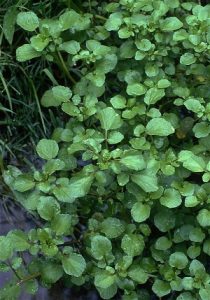 Watercress
Watercress
Watercress is a very common plant found on streams and other waterways. Although it is often sold commercially, collecting it yourself is always a lot more fun. You can make a lovely soup with watercress, or just bung it in with other leaves found through foraging, or in any other kind of leafy salad.
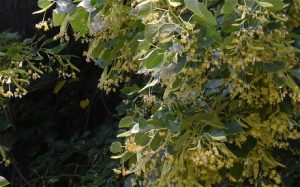 Lime flowers
Lime flowers
Linden or lime tea is often thought of as the best of the so-called herbal teas or tisanes, and the tea made from it has a wonderful scent from the flowers. Not to be missed if you can find some.
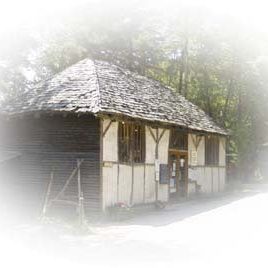
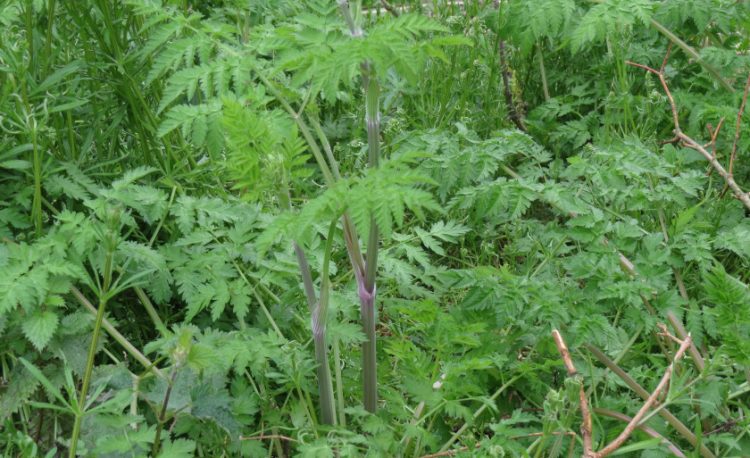
What is your address how does a visitor find you.